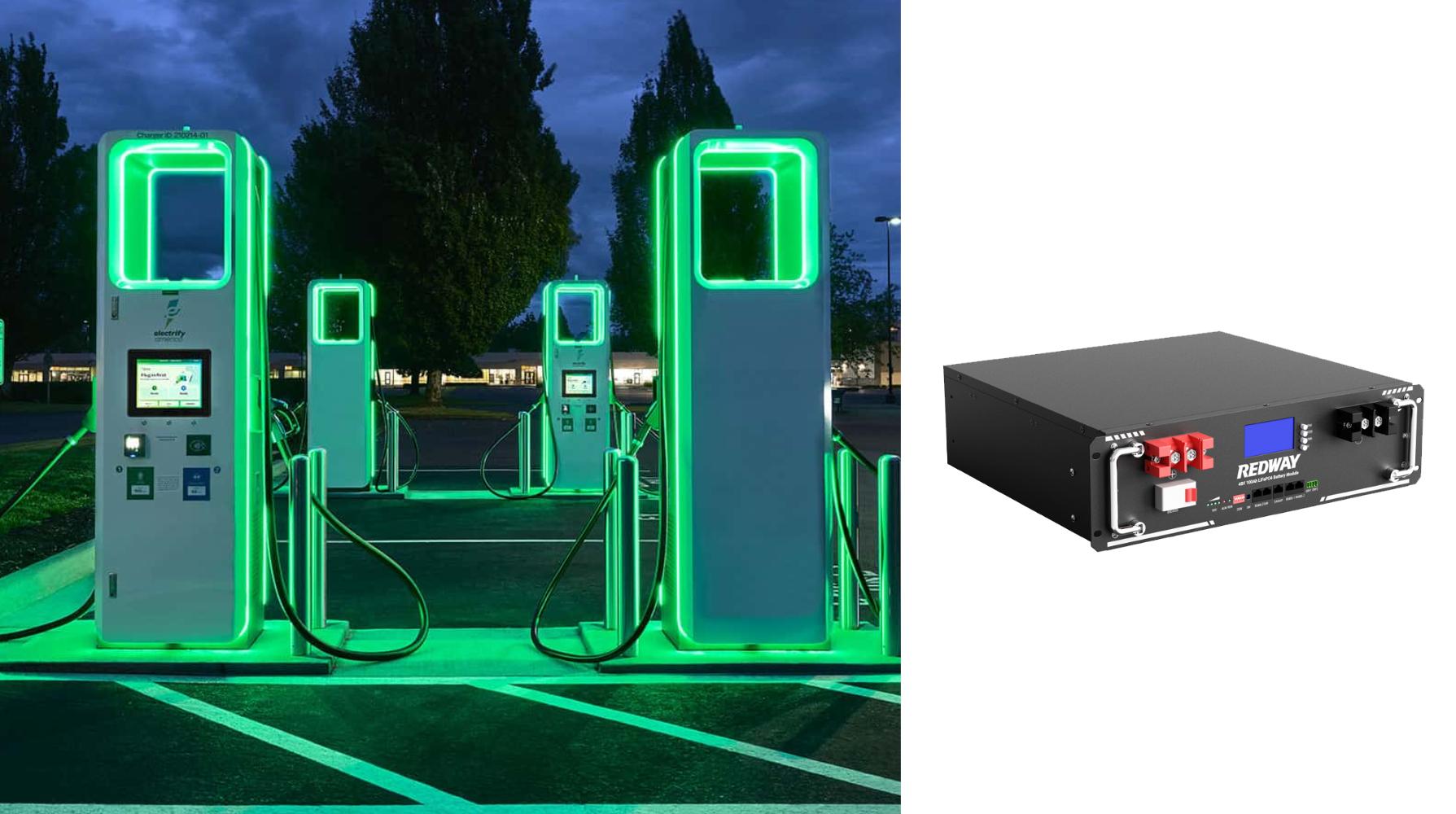What Should You Know Before Buying a Tomberlin Golf Cart?
Tomberlin golf carts are electric or gas-powered vehicles designed for recreation, transportation, and utility. Known for durability and customizable features, they range from $6,000 to $15,000 depending on model, battery type, and add-ons. Key considerations include battery lifespan (4-6 years for lead-acid), terrain compatibility, and local regulations. Always verify warranty coverage and dealer reputation before purchasing.
How Do Tomberlin Golf Carts Compare to Other Brands?
Tomberlin carts offer 20-30% more torque than basic Club Car models, with lithium-ion options providing 50+ mile ranges. Unlike E-Z-GO’s focus on street-legal designs, Tomberlin emphasizes off-road capabilities through 10″ ground clearance and reinforced suspension systems. Their aluminum frames resist corrosion better than traditional steel frames used in Yamaha carts.
What Are the Key Features of Tomberlin’s 2024 Models?
The 2024 lineup introduces regenerative braking systems recovering 15% of energy during descent, digital dashboards with GPS tracking, and optional solar roof panels adding 8-12 miles daily. New battery management systems extend lithium battery life to 8 years under optimal conditions. The flagship Crossfire XTR model now carries 1,500 lb payload capacity.
Where Can You Legally Operate Tomberlin Golf Carts?
Street legality varies by state: 32 states permit modified carts on roads with ≤35 mph speed limits. Required modifications include DMV-approved VIN plates, LED headlights, rearview mirrors, and seat belts. Coastal regions often mandate additional corrosion-resistant components. Always check local ordinances – some municipalities restrict cart usage to specific daylight hours or designated pathways.
Why Choose Lithium Batteries Over Traditional Options?
Lithium batteries provide 3,000+ charge cycles versus 800-1,200 for lead-acid, reducing long-term costs by 40%. They maintain consistent power output below 20% charge, unlike voltage drops in traditional batteries. At 70 lbs versus 130 lbs for lead-acid equivalents, they improve hill-climbing efficiency by 18%. However, upfront costs remain 2.5x higher, requiring 3+ years of use to break even.
How Does Terrain Affect Tomberlin Cart Performance?
Steep inclines (≥15° grade) reduce lithium battery range by 35% compared to flat terrain. Mud tires decrease efficiency 12% on pavement but increase traction by 40% in off-road conditions. For mountainous areas, the Thermal Management System in premium models prevents motor overheating during sustained climbs. Always match motor power (4kW minimum) to your elevation changes.
What Maintenance Extends Golf Cart Lifespan?
Bi-annual controller diagnostics prevent 73% of electrical failures. Brush motor models require carbon replacement every 800 operating hours. Lithium batteries need active balancing every 50 cycles – neglect causes 22% capacity loss within 18 months. Apply marine-grade grease to suspension components quarterly in humid climates. Documented maintenance increases resale value by 25-35%.
Expert Views
“Tomberlin’s new dual-chemistry battery systems allow simultaneous use of lithium and lead-acid batteries, a game-changer for users transitioning between power sources. Their proprietary Battery Bridge technology maintains voltage stability during mixed-bank operation, something competitors haven’t mastered. For commercial fleets, this means 18% fewer downtime incidents during battery swaps.”
– Redway Power Systems Engineer
Conclusion
Tomberlin golf carts offer robust performance characteristics suited for both recreational and commercial applications. While initial costs appear steep, their modular design allows incremental upgrades that keep pace with technological advancements. Buyers should prioritize terrain analysis and battery technology selection when configuring their vehicles, ensuring compliance with regional operation laws.
FAQs
Can Tomberlin Carts Be Modified for Winter Use?
Yes – install heated grips ($120-$180) and snow tires with 1.5″ studs. The battery insulation kit maintains optimal temperatures down to -15°F, preventing 80% of cold-related capacity loss.
What Financing Options Exist for Commercial Buyers?
Tomberlin Commercial Advantage Program offers 2.9% APR for 60 months on orders of 5+ units. Tax incentives include 26% federal credit for electric models used in EPA-designated opportunity zones.
How Long Does Custom Order Delivery Take?
Current lead times range 8-14 weeks for made-to-order configurations. Expedited shipping (additional $900) reduces this to 5 weeks, but doesn’t apply to battery or motor customization options.



